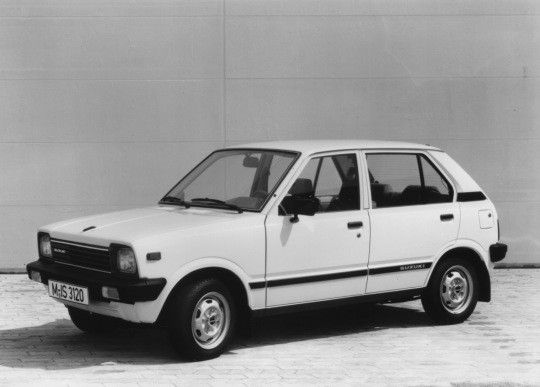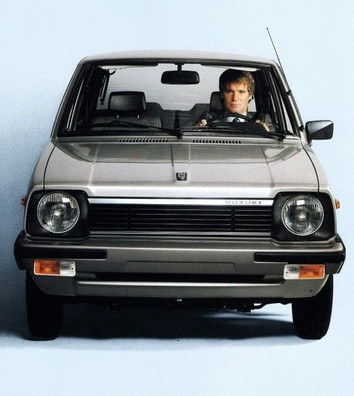1983 Suzuki Alto 800 / Maruti 800
- Niwwrd

- Sep 21
- 2 min read
The launch of the Suzuki Alto 800 in 1982, and its arrival in India in December 1983 as the Maruti 800, marked a decisive moment in the history of small cars. Beyond its engineering, the car’s design reshaped the idea of what an affordable family vehicle could look like and set a template that would be followed for decades.
A New Shape for Mobility
The second-generation Alto, built on the SS80 platform, adopted a compact, boxy silhouette with straight lines, large windows and a flat bonnet. It was not decorative or flamboyant. Instead, it was rational, clear and practical. For millions of new car buyers, this became the visual language of modernity: a simple hatchback with enough space for the family and a design that conveyed reliability.
Technical Core
The car was powered by a 796 cc inline-four petrol engine, producing around 37 to 39 horsepower, paired with a four-speed manual gearbox. Weighing around 600 kilograms, it was light and economical, delivering top speeds of about 110 to 120 km/h. The engineering was basic but durable, matching the clarity of the exterior design.
Influence Across Asia
In Japan, registering the Alto 800 as a commercial vehicle secured tax advantages and kept it affordable. In India, rebadged as the Maruti 800, it was priced at around ₹47,500, making it the country’s most accessible passenger car. The design, though modest, became aspirational. Its clean hatchback proportions and practical layout influenced how small cars were shaped across Asia, from Suzuki’s later models to competitors responding to the same market needs.
Legacy in Design
The impact of the Alto 800 was lasting. It normalised the hatchback as the default urban family car, demonstrating that design for affordability could still be design for aspiration. Its straightforward shape, focused on visibility, usability and space, informed generations of compact cars that followed.
The 1983 Suzuki Alto 800 was not just a product of its time. It established a new design standard for small cars and helped define how much function, identity and cultural meaning could be carried in such a simple shape.















Comments